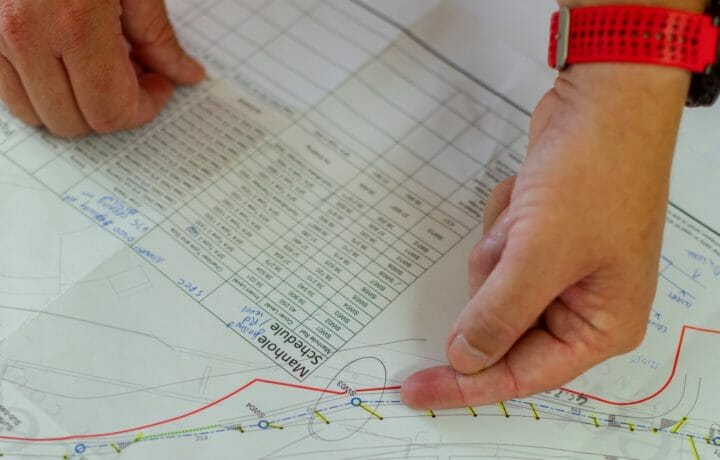The National Security Agency revealed details of its first reorganization in 20 years.
Dubbed NSA21, the two-year reorganization aims to position the agency in the coming years “to meet increasingly complicated challenges stemming from the proliferation of asymmetric threats to national security, the rapid evolution of the global communications network, fast-growing demand for NSA’s products and services, and the continuing evolution of our cyber mission,” according to an NSA release.
It will involve six new directorates:
- Workforce and Support Activities
- Business Management and Acquisition
- Engagement and Policy
- Operations
- Capabilities
- Research
A key part of the effort is merging the NSA’s Signals Intelligence Directorate (SID), responsible for foreign intelligence gathering, with its Information Assurance Directorate (IAD), which defends domestic networks.
“This traditional approach we have where we created these two cylinders of excellence and then built walls of granite between them really is not the way for us to do business,” said NSA Director Michael S. Rogers.
Several politicians supported the NSA’s idea of combining both offensive and defensive cyber initiatives, since it would facilitate a natural flow of knowledge.
“When it comes to cyber in particular, the line between collection capabilities and our own vulnerabilities—between the acquisition of signals intelligence and the assurance of our own information—is virtually nonexistent,” said Congressman Adam B. Schiff of California, as reported by the Washington Post.
In 2013, a panel was assigned by President Barack Obama to review the NSA after the high-profile leaks of Edward Snowden. It recommended in December 2013 that the NSA only focus on foreign intelligence gathering and cited concerns about “potential conflicts of interest” between the NSA’s offensive and defensive objectives.
Yet the current restructuring ignored this suggestion, drawing some criticism.
“I hope the NSA will explain its strategy for continuing to rebuild trust with the private sector,” said Peter Swire, a professor of law at the Georgia Institute of Technology, who served on the five-member review group, as reported by Reuters.
The NSA’s reorganization is taking place a year after the CIA’s restructuring, which entailed closing old divisions and creating new centers that brought together analysts with operators. The NSA’s new Directorate of Operations will also team up analysts with operators.
“The new structure will enable us to consolidate capabilities and talents to ensure that we’re using all of our resources to maximum effect to accomplish our mission, and to make sure that each of you has the opportunity to grow and develop in your career at NSA,” Rogers said in his workforce address.




